I came across this image in my notes and I fail to understand why BER seems to decrease as the modulation order increases and I was hoping for an answer
-
6I think you're reading the graph incorrectly - the lower figure is better. So for example at 10dB BPSK is better than 16-PSK. – Kevin White Nov 20 '19 at 00:26
2 Answers
Put simply, for the same average energy per bit, the modulation scheme with more bits per symbol must have less distance between the points on its constellation diagram. Therefore a smaller noise excursion can produce a bit error.
- 126,425
- 3
- 159
- 304
That is correct.
The channel with higher bit rate will suffer with a worse BER for the same SNR after converting CNR to SNR by demodulation.
Another way to understand this chart is the rise in SNR or Eb/No needed to keep the same BER with higher bandwidth from Shannon-Hartley Theorem. 
With more compression or bits per baud using more phases per bit, there is a need to increase the energy per bit to noise by a log of this bit ratio.
for \$ BER = 10^{-6}\$
2-PSK 10.5 dB (BPSK)
4-PSK 14.0 dB
8-PSK 18.5 dB
It appears to be ~ 1dB rise per bit/baud above the baseline for binary PSK at this BER threshold.
- 1
- 3
- 54
- 182
